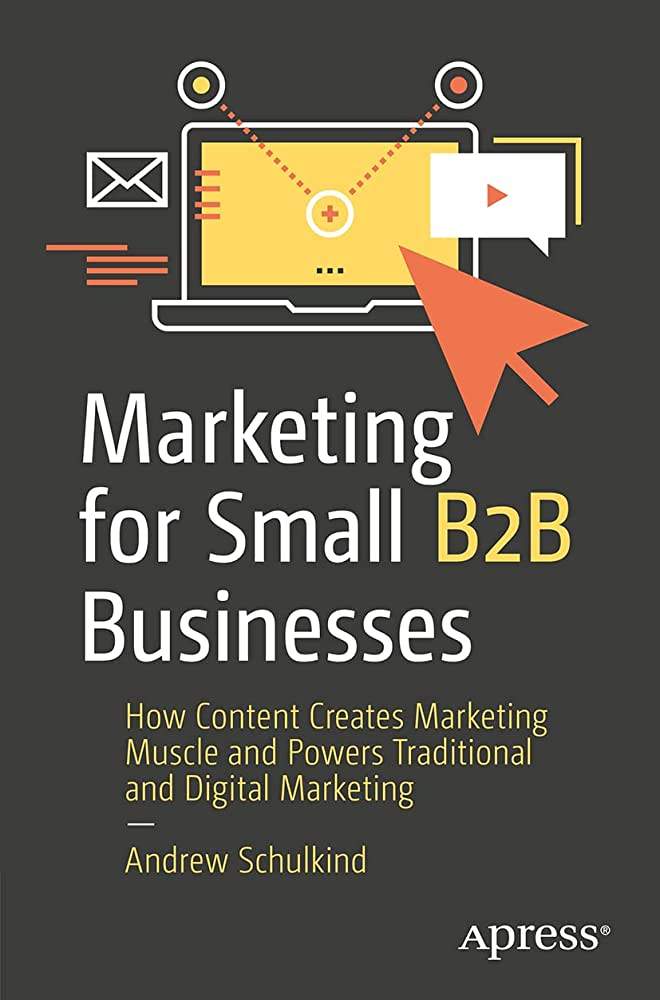Should your online marketing copy be long or short?
Yes!
You’ll find no shortage of perspectives when searching for guidance on copy length. Notice that I said, “perspectives,” and not, “opinions.”
You’ll find plenty of those, as well, but it’s important to differentiate data-driven guidelines from the online musing of those who aren’t doing much more than guessing.
Eliminating the ill-informed hot takes that abound on the web still isn’t going to give us an answer. Ask an SEO expert, and you’ll get a much different answer on marketing copy length than if you’re talking to a UX guru. You’ll get still different views from various other corners of the marketing world.
For better or worse, there’s no single right answer and, really only one useful rule: Your copy simply needs to be as long as necessary to achieve the goals you have for it.
Sure, that’s a copout, but if you’re working on a page designed to perform well via SEO, longer is going to be better. If your page is meant to engage visitors already on your site, shorter and snappier might be the better call.
If you’re reading this and thinking that most of your pages should probably be longer – and are dreading the idea of having to create countless pages of 2,000 or 3,000 words — the news isn’t all bad.
Decades ago, direct-mail providers learned the value of long copy. This has carried over to the web where many of the web pages that rank highest on search results pages are more than 2,000 words.
And yet, postcards work in direct mail, too. Just not for the same things or for the same kinds of prospects.
The same is true on your website. A good rule of thumb is that the deeper a visitor travels into your site, the deeper they are seeking to dive into a topic or sub-topic. That’s where longer content belongs.
Your primary pages should still be tightly worded, easily digestible, and designed to create further engagement. (That engagement can take many forms, but certainly clicking through to a longer-form page is one of them.)
The good news is this tracks with the needs and expectations of prospects. The kinds of answers they seek differ depending on where they are in their buying journey.
Hitting them with a 3,000 word blog post right out of the gate isn’t likely going to win them over. Your content first needs to help them understand why they will eventually want to make that deep dive. Those just starting the process aren’t necessarily going to know enough yet to realize they want to dive into a range of subtopics as they home in on the best solution for their needs. They’ll be more attracted to primary pages that provide an overview of a situation and discuss what’s at stake more than how a solution works.
You’ll still have to create those long pieces but not everything you publish will need to be that detailed. So throw out the rules of thumb about copy length, focus on answering the questions your prospects are asking, and create metrics to track which content is most effective at which points in your prospects engagement with you.

Occasional large-scale changes can re-invigorate a marketing plan that’s beginning to falter and can provide a blast of inspiration that ripples out through the rest of your marketing. By the way, if you’re interested in hearing some of my podcast and radio appearances, you’ll find a few of them listed on the Andigo website.
Photo by Etienne Girardet on Unsplash













